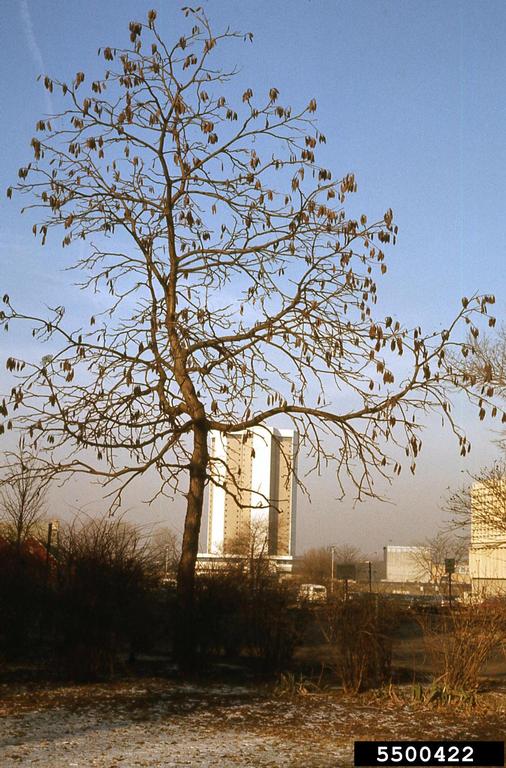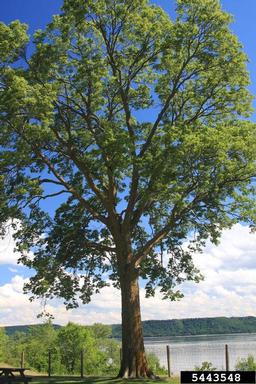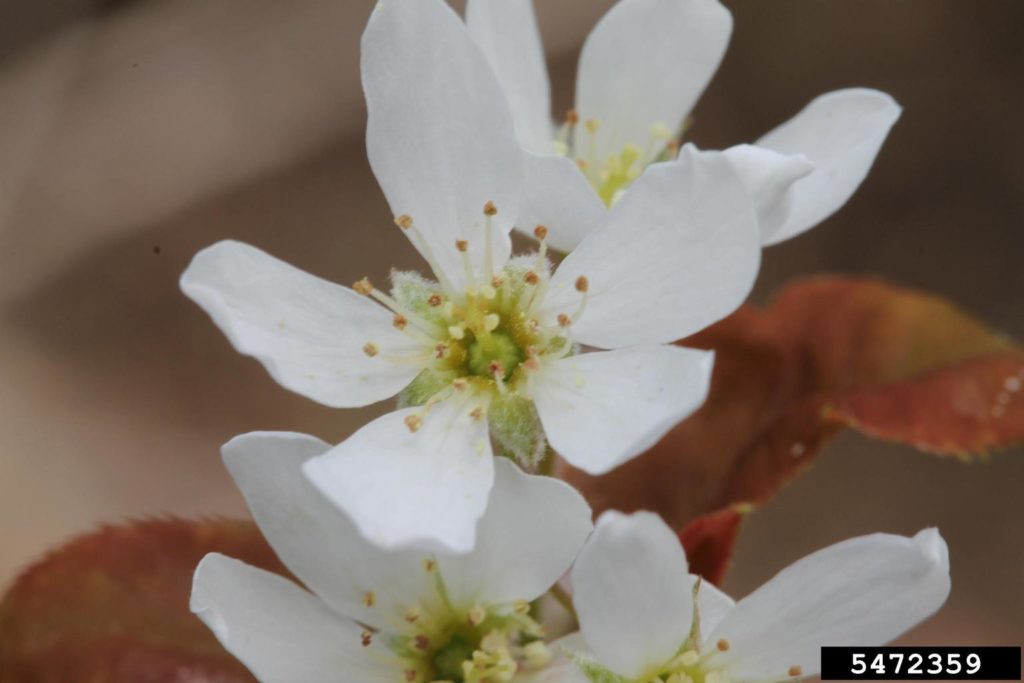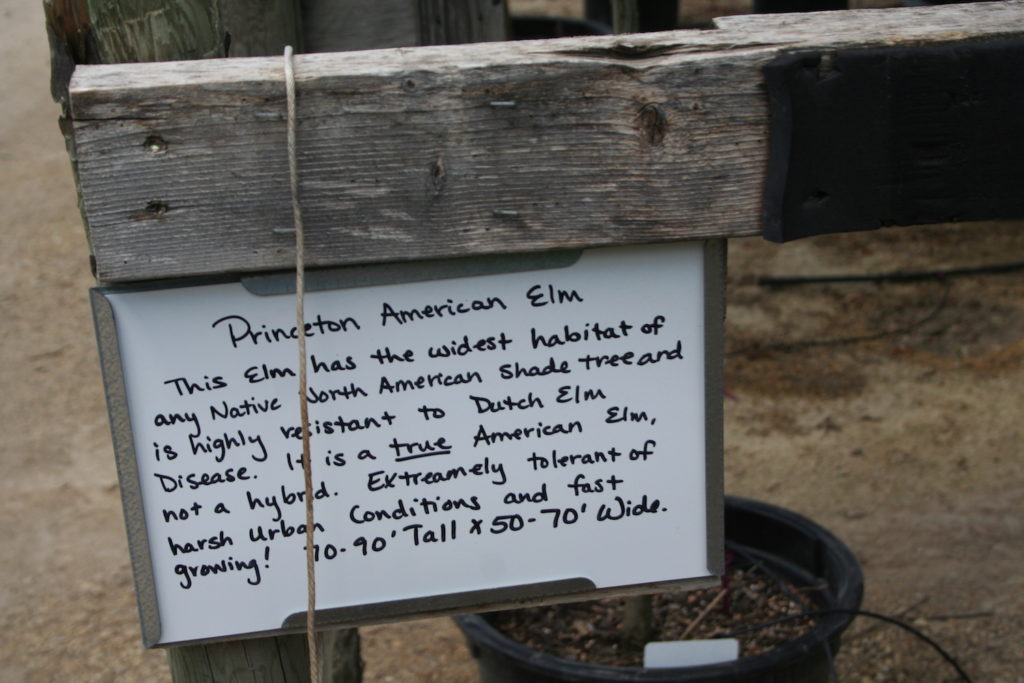In real estate, the mantra is “Location. Location. Location.” For northern gardeners facing urban conditions and a changing climate, the advice to follow is “Diversity. Diversity. Diversity.” Choosing a variety of trees that can handle salt, weird winters, difficult storm events and new insect predators is the best way to ensure your landscape remains healthy and vibrant.
That is the counsel from Karl Mueller, one of the St. Paul city foresters, who recently spoke to the St. Anthony Park Garden Club. Since I am in the midst of creating new gardens in our urban yard, I was eager to hear Mueller’s advice for homeowners. More than 30 ash trees have been removed from our immediate neighborhood this spring, so thoughts of what are the best trees to plant have been on my mind.
Mueller’s suggestions included a variety of native and nonnative species, many of which are planted here but in low numbers. With assistance from the University of Minnesota, foresters around the state are developing lists of trees that can handle tough urban conditions and will be able to adapt to climate change.
Here are five trees Mueller highly recommends. Next week, I’ll list a few more unusual choices to consider.

Ginkgo. Ginkgo trees (Ginkgo biloba ) are living fossils. The genus has been around for about 150 million years. Mueller calls ginkgo the “silver-bullet tree” because it has no insect pests or diseases that bother it. Ginkgo can tolerate salt, grows tall enough for boulevards and has stunning fall color. The fan-shaped leaves are attractive as is the bark of the ginkgo. Most of the ginkgos in our area are from China, so it is not a native tree, which is my concern with ginkgo. They do nothing for our native pollinators.

Their size and shape makes Kentucky coffeetrees a good choice for boulevard areas. Photo credit: T. Davis Sydnor, Ohio State University, Forestryimages.org
Coffeetree
Foresters now call the tree formerly known as the Kentucky coffeetree just coffeetree. The tree is native to southeastern Minnesota and much of the Upper Midwest, so it’s range is far beyond Kentucky. A large tree with a shapley canopy, the coffeetree is a great boulevard option. It’s extremely tough and can handle all kinds of soil, salt and weather conditions. We had a Kentucky coffeetree at our Northfield home, and other than that it was an extremely slow grower, it was an easy-maintenance tree. Ours was a female tree, so it dropped the seedpods that some homeowners don’t like. I thought they added interest to the tree in winter and were easy to pick up in spring. My only advice to anyone wanting to plant a coffeetree is to get the largest specimen you can afford.
Hackberry

This is another native tree that can take whatever Mother Nature throws at it. Hackberry (Celtis occidentalis) can handle dampness (even short-term flooding), a variety of soil types, salt and boulevard conditions. It’s a big tree and often was planted as a replacement for elms. The tree has interesting bark and it produces a small fruit that birds and other wildlife love. It is somewhat susceptible to the eriophyid mite, which causes witches brooms. It also is prone to nipple galls. These won’t kill the tree.

Serviceberry
Every time I ask a nursery owner which tree to plant, the recommendation is serviceberry (Amelanchier spp.). (Fear not, I planted one last year!) This four-season tree is a complete rock star in urban landscapes. It’s native to Minnesota. It comes in single trunk or multiple trunk forms, so it can look like a big shrub or a small tree. It has pretty flowers in the spring, nice fall color and berries that are very popular with birds. Did I mention it’s tough? Three species of serviceberry are native to Minnesota. Downy serviceberry (A. arborea), smooth serviceberry (A. laevis) and Saskatoon serviceberry (A. alnifolia) vary in height from under 10 feet (Saskatoon) to over 40 (smooth). Each has landscape uses. There are also a variety of cultivars of serviceberry for different situations, including Autumn Brilliance, which has bright red fall foliage.

Dutch-elm disease resistant elms
If you have seen images of the cathedral-effect seen along many Twin Cities boulevards during the era of elms, you understand why breeders and landscapers have been on the hunt for a tree that can withstand the ravages of Dutch elm disease. They have had some luck in developing resistant elms, and the University of Minnesota has a list of the varieties that seem to work here. Some of the cultivars involve crosses with Asian elms, while others use American elms. We planted a Princeton elm in our Northfield boulevard and it was doing well. To create the beautiful canopy they are known for, elms require significant structural pruning, especially in the first decade or two after planting.
Any of these would be a good addition to an urban landscape, and would be climate-hardy no matter what the changes are that we experience. Next week, I will cover five additional options that may seem unusual to northern gardeners.
Hi, I am looking for a tree that will survive in a very wet hill side (Bog), Zone 3 (Sundance, WY). What would you suggest?